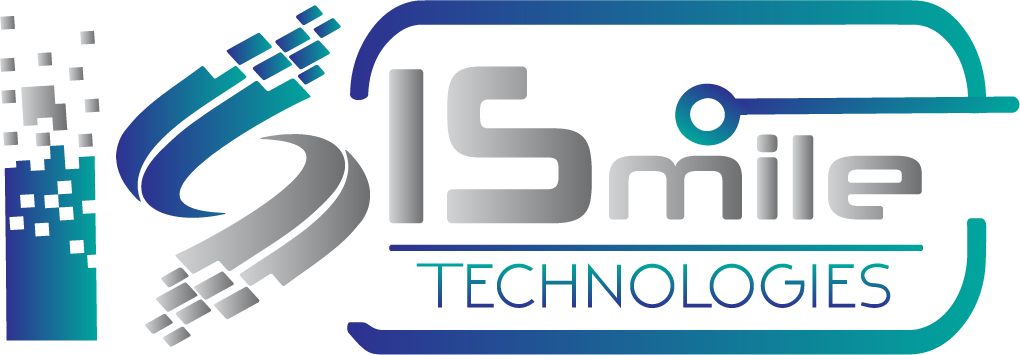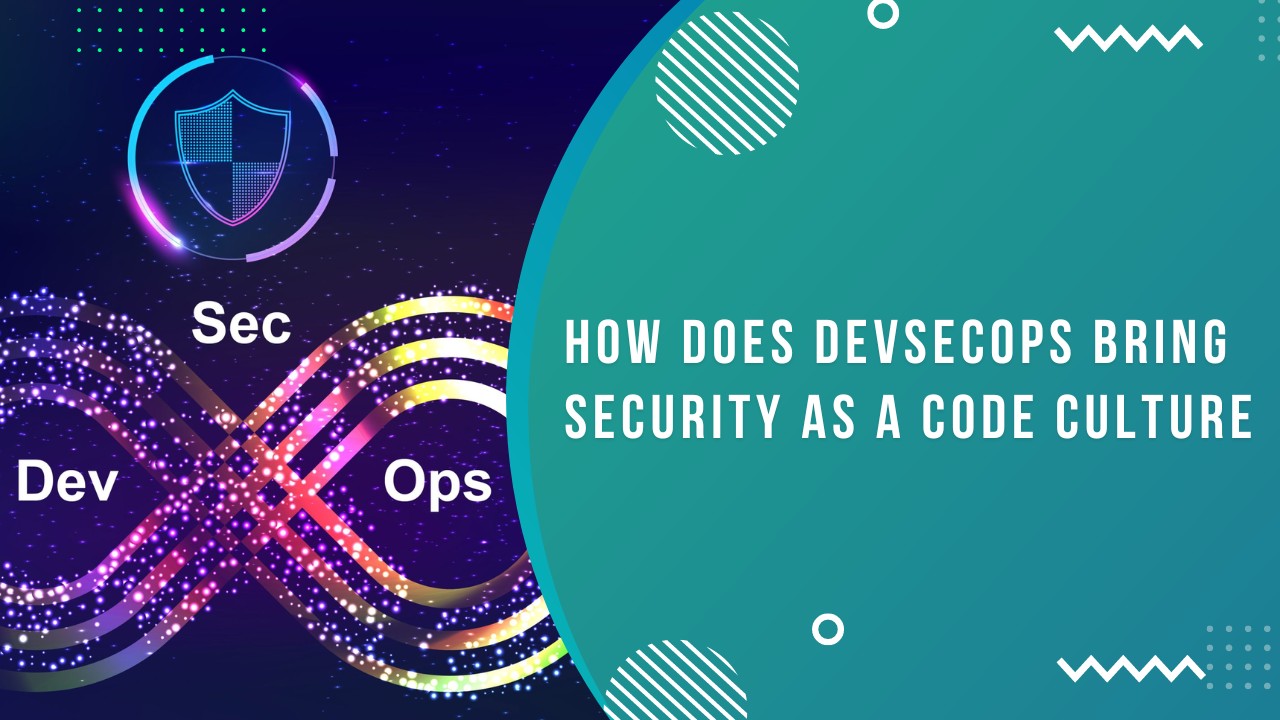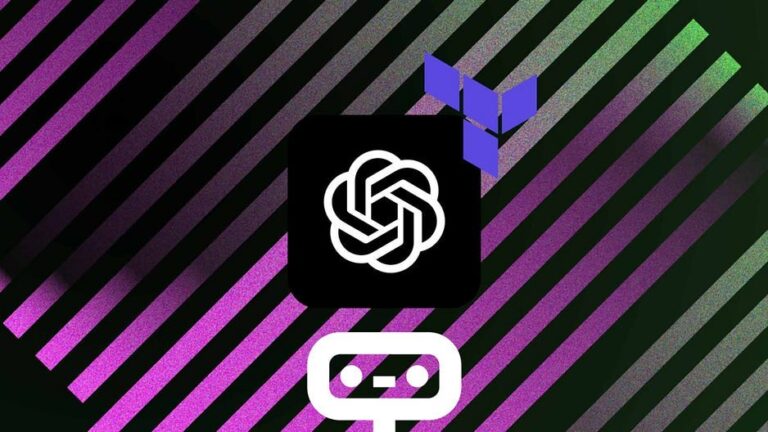Many might have received an email saying their password was reset because some data was compromised. In IT, security has always been a big topic. And it’s only unfortunate that all companies don’t take security as seriously as it should be.
Every day, new vulnerabilities are discovered and found long after they have been introduced. Every day some company or the other is feeling the pain of a security breach. And other companies should learn a lesson from it. Luckily, many IT professionals are serious about security and are thinking ahead for it. But there are still things that need to be overcome.
The problem is we are still using traditional methods when it comes to security. We think of security only at the later stages of the software development lifecycle (SDLC) when the application is ready. But one thing should always be remembered; security isn’t something you can only consider at the end.
Can you imagine a car manufacturer considering security only after the car has been designed and assembled? Well, that’s a catastrophe – thinking about security only at last – It’s too late by then. Now use the same analogy for testing. For a change in the code to pass to the end user, it has to go through several stages. So, it’s a good practice to think about testing at the beginning of the project lifecycle — not only because you’re thinking about testing when it’s too late but also because it’s cheaper to consider security & testing right at the beginning.
DevSecOps
There are some other problems as well. What if the application needs to be scanned just before the deployment? Is it not frustrating? Security can be a bottleneck if not addressed in a planned way. So, it’s more of a cultural change than just getting new tools to make your applications more secure. It’s not enough to deploy firewalls and expect a completely secure environment. You can get better results when, instead of just acting like a bottleneck in the process, security is made everyone’s responsibility. And that’s the combination of development, security, and operations (DevSecOps).
Ready to automate dev & ops to shorten the SDLC?
Talk to our experts today & see how they can help to fulfill your business objectives.
Security As Code
To innovate by taking the help of the new changes on time, and at the same time, to reduce risk, we will have to pay attention to security right from the beginning. This becomes easy if you take your infrastructure as code (IaC). Can you think of security as code, just like the test cases you’ll be running against the IaC? But don’t think about stopping there. We have some tools that do static application security testing (SAST) and dynamic application security testing (DAST) on the code, and they can help you get to where you want to be.
SAST helps analyze the source code by searching for common vulnerabilities—and it does so without running the application. So, it may not be able to catch all problems, but it certainly helps in reducing the attack surface. It falls in the category of white-box testing methodology – doing testing from the inside out.
In comparison to it, DAST works by acting as an external user. It works against the application, just like integration tests. It’s called a black-box testing method, as it tests the application from the outside. By implementing this testing in the SDLC, we ensure that SQL injections or other similar attacks are not possible or that sensitive information is not exposed to the end users.
ISmile Technologies helps you to reimagine DevOps with integrated security at every step. Built with advanced security, our DevSecOps managed service has been made to enable your DevOps team to redefine their operations to build a security delivery workflow without compromising on time-to-market velocity. Get in touch for a free assessment.










